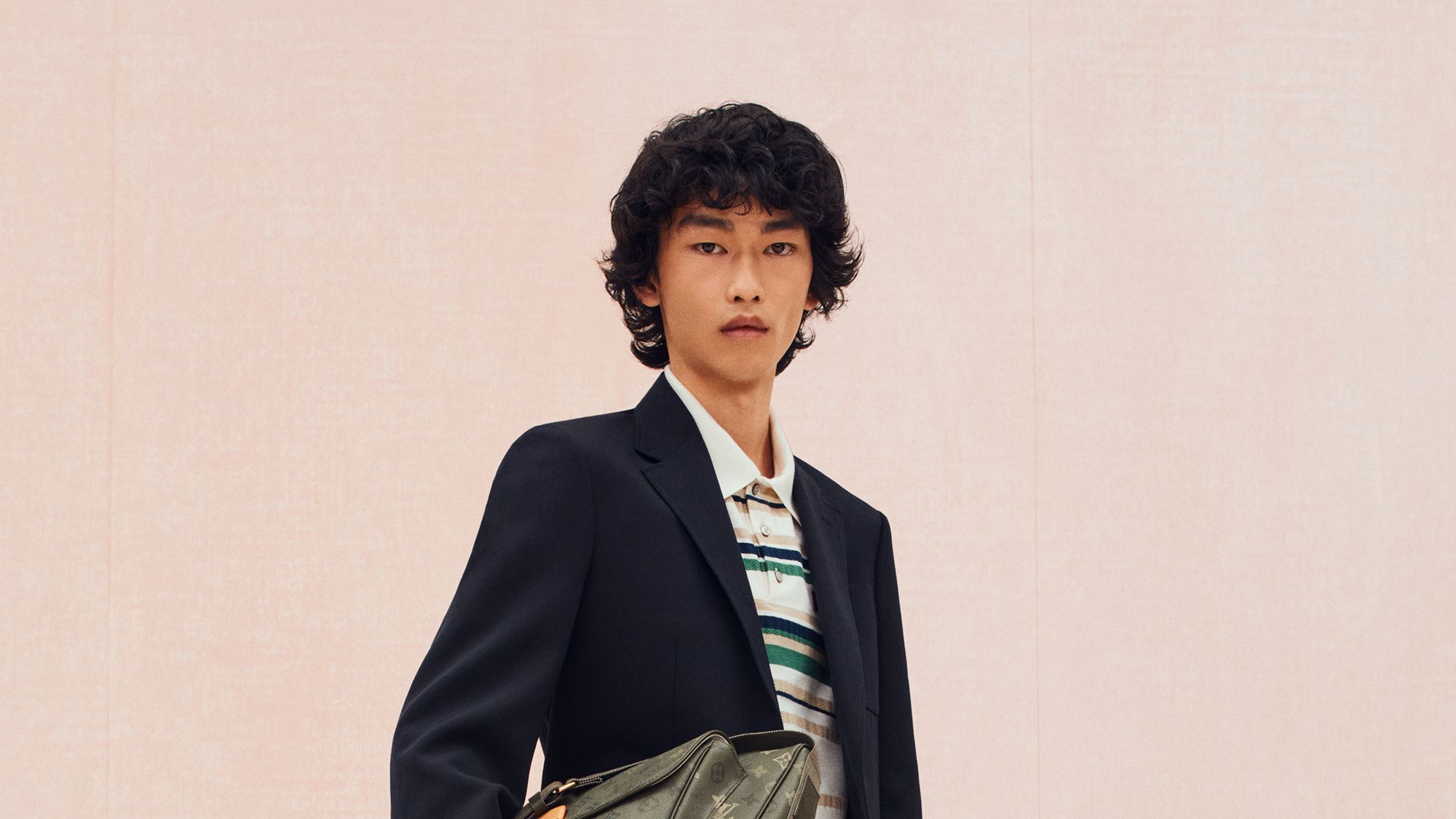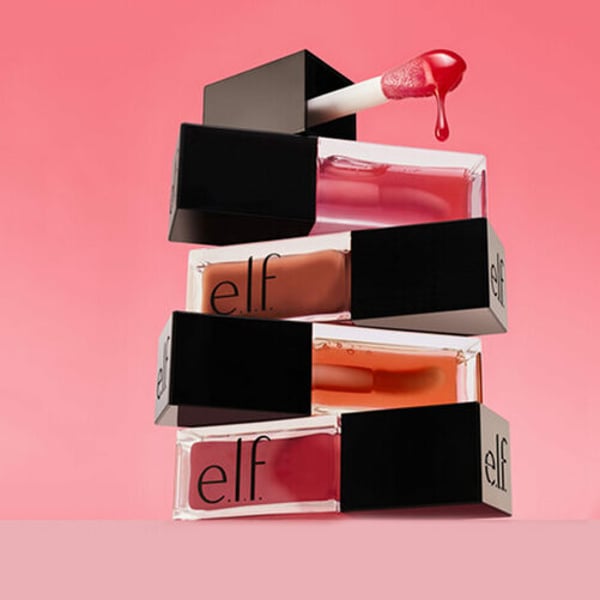By
Bloomberg
Published
October 23, 2025
Crocs Inc., the perforated clogs commercialized by a trio of middle-aged American boating enthusiasts, has become the surprising shoe of choice for Chinese hipsters. Its comeback can provide valuable insights for Western firms struggling to connect with young consumers in a $7 trillion market where confidence has been dented.
China’s uneven economy — exports have remained robust but spending is feeble after a property market collapse — has created the conditions for some companies to profit from “emotional consumption.” The phenomenon is similar to the so-called lipstick index coined by cosmetics mogul Leonard Lauder to describe people buying small treats to feel better during times of insecurity.
The concept has taken shape as a thriving industry embodied by the likes of homegrown Pop Mart International Group Ltd., Laopu Gold Co., and Luckin Coffee Inc. Crocs is one of the few American companies in that mix as an emotional consumption play. That’s unusual in a country feuding nearly daily with Washington over tariffs and where consumers are increasingly seeking cultural authenticity in the things they buy. In the most recent quarter, Crocs’ China sales were up more than 30%, while North American revenues were down by 6.5%.
People might not be spending on big-ticket items amid rising youth unemployment and a four-year economic downturn, however they’re craving instant dopamine kicks from opening blind boxes containing cute toys or trying creative drink flavors. Crocs has positioned itself as a beneficiary of this trend.
The ability to customize the clogs with a wide variety of shiny charms from fried chicken to cartoon characters adds to the individuality factor, especially when the images are shared online. And from the ads to the spokesmodels, the brand has become so localized that people aren’t sure about its origins. “Why are Crocs so expensive?” and “Where is it from?” are two of the top associated search terms.
Chinese consumers love anything dorky, cheesy, or fun, Allison Malmsten, a director at Daxue Consulting, a market research firm, told me. Once advertised as an “ugly” shoe, that perception is now key to its popularity. Embracing unconventional footwear allows users to thumb their noses at the establishment and declare their independence.
For decades, Western firms had profited from the seemingly unstoppable growth of China’s consumers. But with the economy slowing and the emergence of domestic rivals, some of those companies fell behind.
Crocs has been able to buck that trend after overcoming years of challenges. It entered the country through a distributor in 2006. After some initial success, there was a long fallow period compounded by troubles in the US. But a turnaround began taking shape about five years ago, coinciding with the move to hire actress Yang Mi as ambassador. Its path may offer lessons for other foreign retailers.
Starbucks Corp. is a case in point. It preceded Crocs into China by seven years, bringing coffee culture to the masses for the first time. And for most of its quarter-century run, it flourished. But over the years, smaller and nimbler rivals took that caffeine culture and ran with it. They charged less and innovated more. Two years ago, one of those upstarts, Luckin, dethroned Starbucks as the top coffee seller. A former China chief has been blamed for sticking too closely with what worked in the West and refusing to tailor offerings for the local market.
Another firm making a major effort to engage Gen Z shoppers is LVMH Moët Hennessy Louis Vuitton SE, the world’s biggest retailer of high-end goods. Even though sales in the region that includes China grew quickly in 2023 after the country fully lifted its pandemic controls, revenues flatlined a year later as insecure shoppers began eschewing luxury.
This summer, LVMH introduced The Louis, a three-story, pop-up exhibition in the heart of Shanghai. The cruise-ship themed fashion store has caught the eye of live streamers and created buzz around the brand. Visitors have lauded what they call the East-Meets-West fusion elements of the landmark. Like their global cohorts, young Chinese prize experiences over spending, which is in short supply, anyway. But perhaps they will return when their bank accounts are fuller.
China remains the world’s second-biggest retail market. The key is to localize operations as much as possible. Crocs has been able to put the right foot forward, proving that not all Western retailers in the country have lost their touch.


